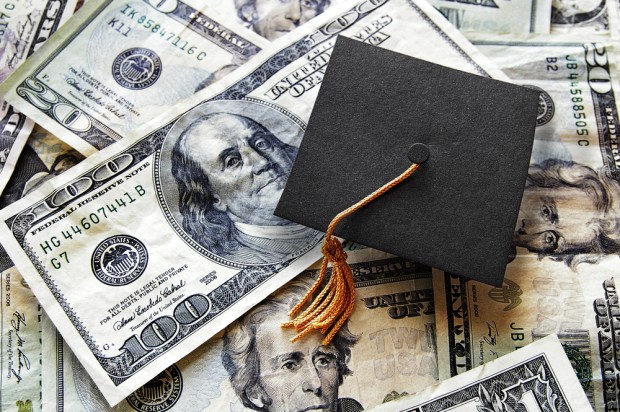Amid Reset, Student Loans Offer Tough Lessons on Interest Rates

Students are about to face some real sticker shock on their loans, and quickly. The question is, what will be the fallout, and how far will it reach?
As has been widely reported, loans are getting pricier for students at the undergraduate level. When these students take on new debt, the interest rates will be roughly 20 percent higher than rates seen just short time ago – equating to hundreds of dollars more in costs tied to these federal loans.
The new rates come in roughly 70 basis points higher, as posted by the Treasury Department last week, equating to the roughly 20 percent boost. In a bit more granular detail, the loans that are issued by the Department of Education are now going to have rates in place of about 4.45 percent, which is a far sight higher than the 3.76 percent that had been levied through the current academic year, which ends next month. The attendant rates in loans shouldered by parents, family members or guardians will now go from an average of 6.3 percent to about 7 percent, with, as Bloomberg noted, a jump in costs over by roughly $400 through each year.
The announcement is hardly welcome news, as it means that student debt is more expensive amid a $1.4 trillion student loan load (roughly 92 percent of which comes from the federal government and is fixed rate), which is more than $30,000 on average per borrower (a roster numbering more than 44 million, with one in six adults carrying at least some student debt).
The new student loan interest rates trace their genesis to law passed in 2013 through joint efforts by then President Barack Obama and Congress. That law walked back a bit from setting interest rates over several years to a system that looks at the government’s own costs of borrowing money. The rule of thumb: Low interest rates amid a slow growth economic landscape, and then higher as the economic pace of growth quickened.
Amid the reset, those companies that issue private loans may see an outsized benefit, as they tend offer rates higher than those set for government loans. As government loans reset, and at higher rates, private loans can hold relatively steady, meaning that they become competitive. This may especially be true if annual increases keep coming down the pike, creating an effect where blended rates become higher – and may be difficult to meet post graduation. In some cases, colleges offer more financial aid “up front”, which means that students will have to borrow more as education winds its way to completion. And as we all know, life has a way of getting more expensive as time goes on.
There are caps in place, as Congress has mandated that interest rates on undergrad loans have to top out at 8.25. grad student loans 125 basis points higher, and PLUS loans (parents and guardians) at 10.5 percent.
So as school lets out for the year, higher interest rates are let in, and additional debt is accumulating to an aggregated household debt load that has risen for nearly three years straight to top the previous peak, at $12.7 trillion earlier this year. This total debt burden signals easier credit access, but the data that was released earlier by the Fed also shows that 11 percent of that debt came from student loans. Delinquencies are on the rise, as missed payments are around 10 percent for those missed payments stretched out over longer than 90 days (a bit more than a decade ago that number was roughly half). Thus student debt takes its place, via delinquencies, above auto loans at 8 percent and credit cards at 6 percent.
The Fed is likely to hike rates yet again – a brief respite after Fed chair Janet Yellen said that a boost would be delayed from May. A fed hike sets the stage, yet again, for another cycle of rate increases, and then, possibly down the line (as variable rate private loans are priced off general interest rates), even more expensive student debt. Living at home with the parents may not be much fun but it is looming ever larger as the most palatable option amid a less gentle environment for student borrowers.
